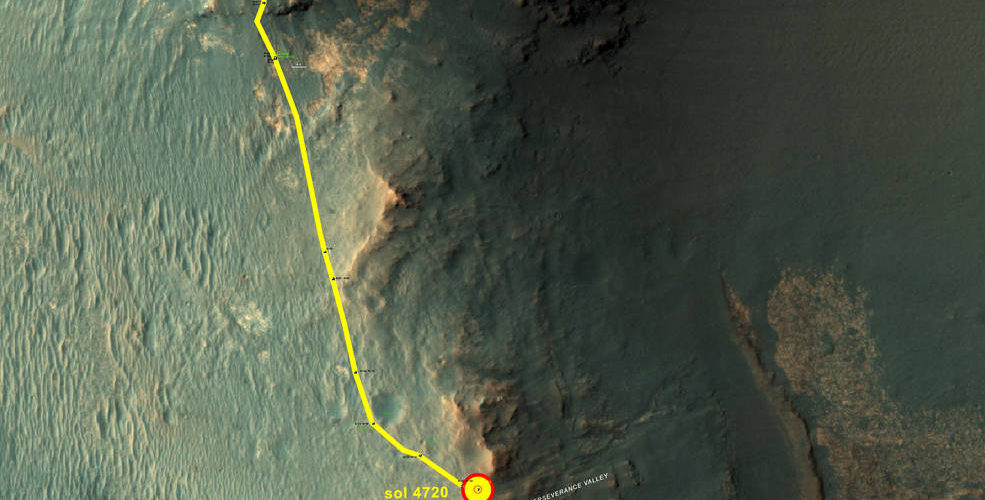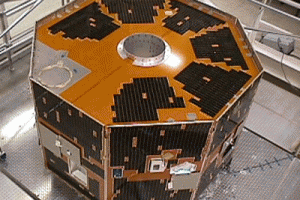Currently on a two-year extended mission, NASA’s Mars Exploration Rover named Opportunity recently reached Perseverance Valley, a site that could offer data on Mars’ potentially more watery past.
Goal achieved: Oppy has reached the main destination of her 2 year extended mission & begins to study ancient valley https://t.co/49ct5ICPGv pic.twitter.com/jZcG2YsZSN
— Spirit and Oppy (@MarsRovers) May 15, 2017
Scientists chose the yet-to-be-explorated location after deliberations over aerial images revealed a valley shape at the western rim of a much larger geographical feature named Endeavour Crater.
The crater is located roughly half-way between Cape Tribulation to the valley’s north, and Cape Byron to the south.
“The science team is really jazzed at starting to see this area up close and looking for clues to help us distinguish among multiple hypotheses about how the valley formed.”
Matt Glombek, Opportunity Project Scientist at NASA Jet Propulsion Laboratory in Pasadena

The mission’s main objective is to use Opportunity’s array of tools to try and understand what formed Perseverance Valley several billion years ago.
Scientists theorize the valley may have been formed by flowing water (like that of a stream), a debris flow akin to a slow moving landslide, or – less-likely – through wind erosion.
Trading "Tribulation" for "Perseverance": Oppy is departing this cape to find out what carved an adjoining valley https://t.co/6yekSkA1aZ pic.twitter.com/96Pg9cGJ1D
— Spirit and Oppy (@MarsRovers) April 19, 2017
Opportunity project manager John Callas explained that long-baseline stereo imaging will be used to create a digital elevation map of Perseverance Valley. NASA scientists will stitch together a high-definition stereoscopic image from images taken by the rover at two different locations.
From there they can plot out possible driving routes for Opportunity to descend into and back out of the valley, a distance of about 240 yards (220 meters).
“We expect to do a little walkabout just outside the crater before driving down Perseverance Valley,” Golombek said.
Previous missions
Opportunity has been active on Mars since early 2004. The rover spent 69 months exploring the rim of the Endeavour Crater, where its team previously discovered that Mars’ early history includes evidence that acidic water flowed across parts of the planet.

Endeavour Crater is about 14 miles (22 kilometers) in diameter, and Perseverance Valley intersects the crater in a segment of its southwestern rim in a mostly west-to-east direction.
Opportunity has traveled about 27.8 miles (44.7km) along Mars, the longest any man-made vehicle has ever traveled on an alien world.



